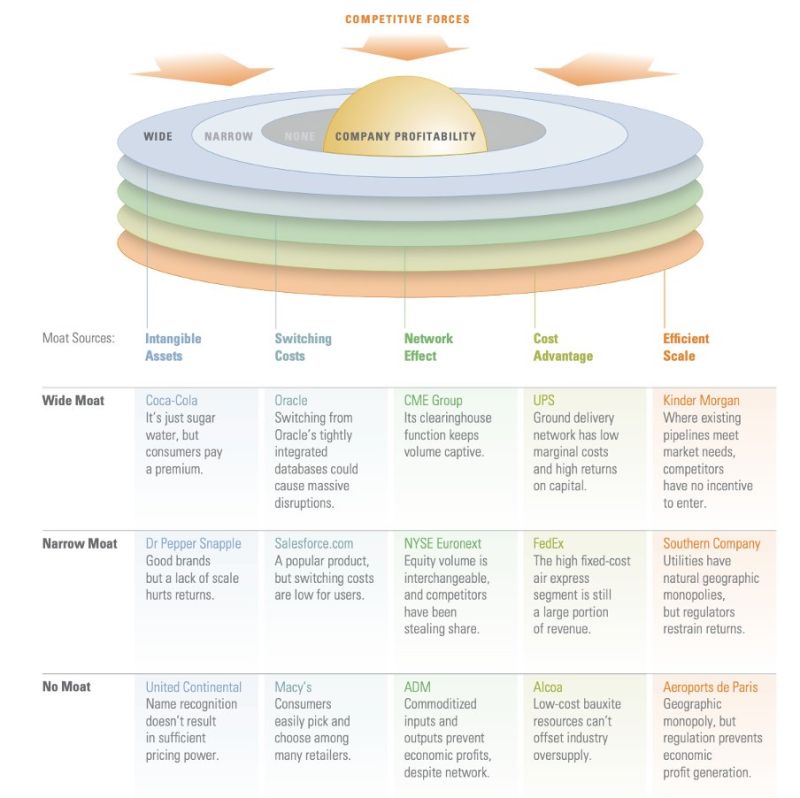One of Warren Buffett’s favorite criteria for investment is an important tool for the modern AI and Digital leader to understand and create business value: a ‘moat’.
A moat isn’t just a medieval castle defense; it represents a company’s competitive edge.
Defining the Business Moat:
A business moat represents that unique value or advantage allowing companies to ward off competitors, ensuring sustainable success and profitability.
Different Moat Sources:
1. Intangible Assets: Think of Apple’s brand strength or Tesla’s patents.
2. Switching Costs: Have you ever thought of moving away from your Adobe subscription? The hassle itself is a moat!
3. Network Effect: Platforms like Facebook or WhatsApp become more valuable as more of your friends join.
4. Cost Advantage: Amazon’s ability to deliver products at high speed and affordable rates.
5. Efficient Scale: Netflix’s content creation strategy that keeps competitors at bay.
Here are some Modern Examples of Wide Moats:
Spotify: Its personalized playlists and vast music library have made it a dominant player in music streaming.
Microsoft Azure: Deep integration with enterprise solutions makes switching cloud providers a Herculean task.
Alibaba: Its stronghold over the Chinese e-commerce market is nearly unassailable.
Zoom: The pandemic showed that its simple user interface and reliability created a substantial moat.
Companies with Narrow Moats:
DoorDash: While it leads in food delivery, competitors with similar models are on the rise.
Dropbox: Despite being pioneers, cloud storage competition is fierce.
Robinhood: The trading app landscape has become crowded, reducing the edge.
Battleground of No Moats:
Movie Theaters: With the rise of streaming services, their competitive edge has dwindled.
Brick & Mortar Retailers: The e-commerce boom has posed significant threats.
In today’s hyper competitive digital landscape, understanding these barriers is indispensable for any business leader. As the business terrain continually shifts with AI and Digital, those with wide moats will stand tall while others may falter.
What are your thoughts on moats?
#BusinessMoats #Competition #Value #Strategy
Data: Berkshire Hathaway, MorningStar

